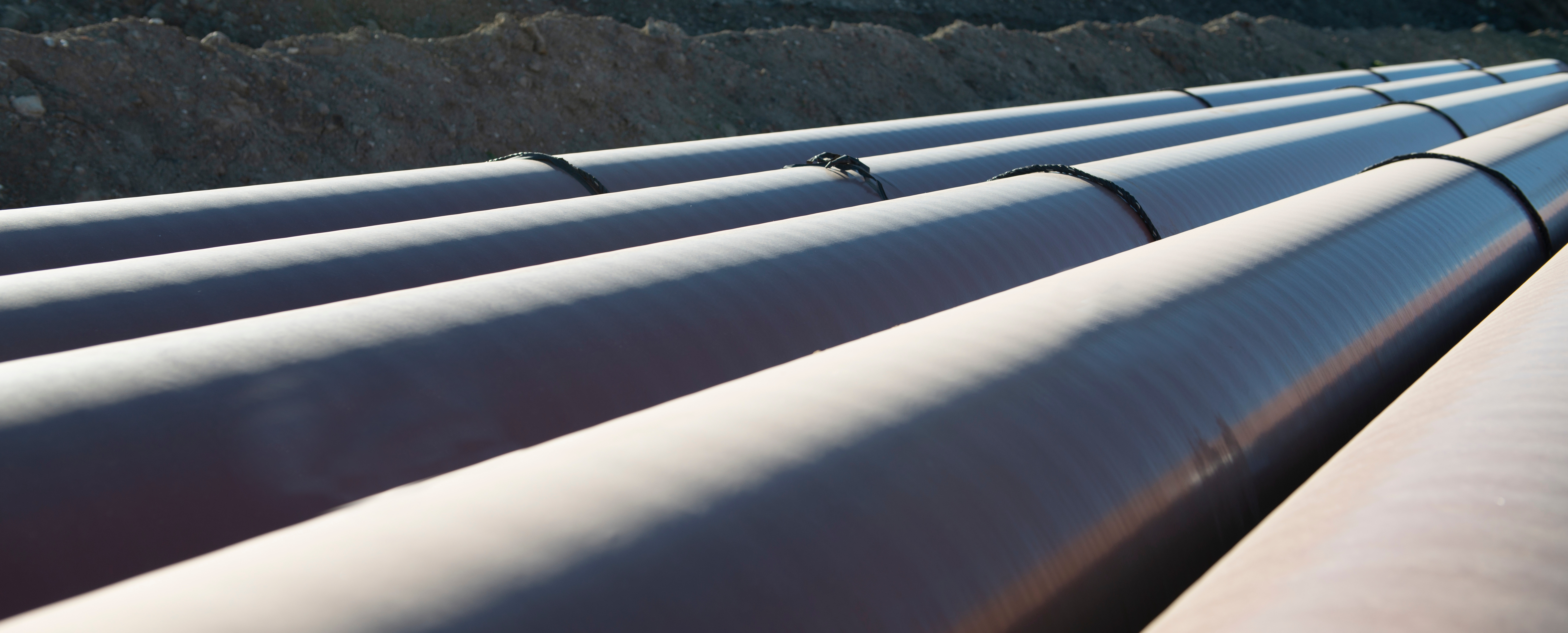Report shows Alberta pipelines safer, but still room for improvement
Alberta - May 14, 2018Pipelines are in the headlines a lot these days as Canadians question whether they’re safe. New data released by the Alberta Energy Regulator (AER) demonstrates that pipeline operators are doing a better job of keeping the product where it belongs.
The AER’s Pipeline Performance Report shows that pipeline incidents continued to decline in 2017, pointing to better performance while highlighting where improvements are needed.
The data paints a picture about where we need to focus our attention on as a regulator and where industry needs to focus in terms of how to construct and operate their pipeline,
David Helmer, AER director of pipelines
“The data paints a picture about where we need to focus our attention on as a regulator and where industry needs to focus in terms of how to construct and operate their pipeline,” says David Helmer, the AER’s director of pipelines in the Industry Operations branch. “It tells companies how they stand up to their peers, which we hope will encourage them to improve their performance and set the bar higher.”
The Pipeline Performance Report is part of the AER’s industry performance program—an effort to measure, evaluate, and report on all energy development activities and ultimately hold companies accountable for their actions.
Here are five things that are good to know about pipeline performance in Alberta.
- Performance is improving.
Pipeline companies are better at managing the risks—pipeline incidents dropped by almost half over the last decade, while the number of high-consequence incidents fell by six per cent in 2017 from the previous year. - Sometimes it’s only a drip.
In Alberta, all incidents must be reported to the AER. This includes ones with little or no liquid released, drips from loose valves, or hits on pipelines during digging that caused no leaks. Most incidents have little impact on the public, wildlife, or the environment; about two-thirds of incidents in 2017 released less than one cubic metre of substance. - All pipeline incidents are preventable.
Our data shows that almost all pipeline failures are caused by problems that can be avoided, such as internal corrosion, which is the leading cause of pipeline failures. While the AER enforces the rules, each company must do its part to make its pipelines safe by regularly maintaining them and using the appropriate safety systems. - Every incident has a story.
Each incident tells a story about what went wrong and what needs to change. The data we collect on pipeline incidents allows us to analyze and learn from trends. We share that information with pipeline companies to prevent these incidents from being repeated. - Data informs decisions.
By measuring company performance, we’re able to see which companies need more attention to prevent future incidents. We focus on companies with worse records, especially those that have had repeated high-consequence incidents or a history of poor compliance. This includes inspecting their operations more often, educating them about our requirements and expectations, and helping them understand how they can improve performance.
The AER rates the consequence of each incident as high, medium, or low based on criteria that consider the impacts on the public, wildlife, and the environment.
High consequence: Incidents that could have significant impact on the public, wildlife, or the environment, or that involve the release of a substance that affects a large area or water body.
Medium consequence: Incidents that could have a moderate impact on the public, wildlife, or the environment, but that have no impact on a flowing water body.
Low consequence: Incidents that involve little to no substance release; have little to no impact on the public, wildlife, and the environment; and have no impact on a water body.
In the media
Alberta pipeline incident rate fell in 2017
ctvnews.ca
May 10, 2018
Monica Hermary, Writer


